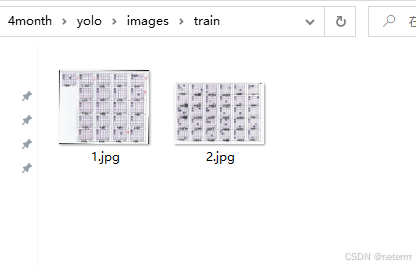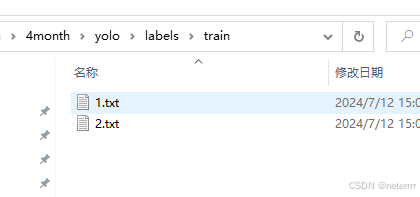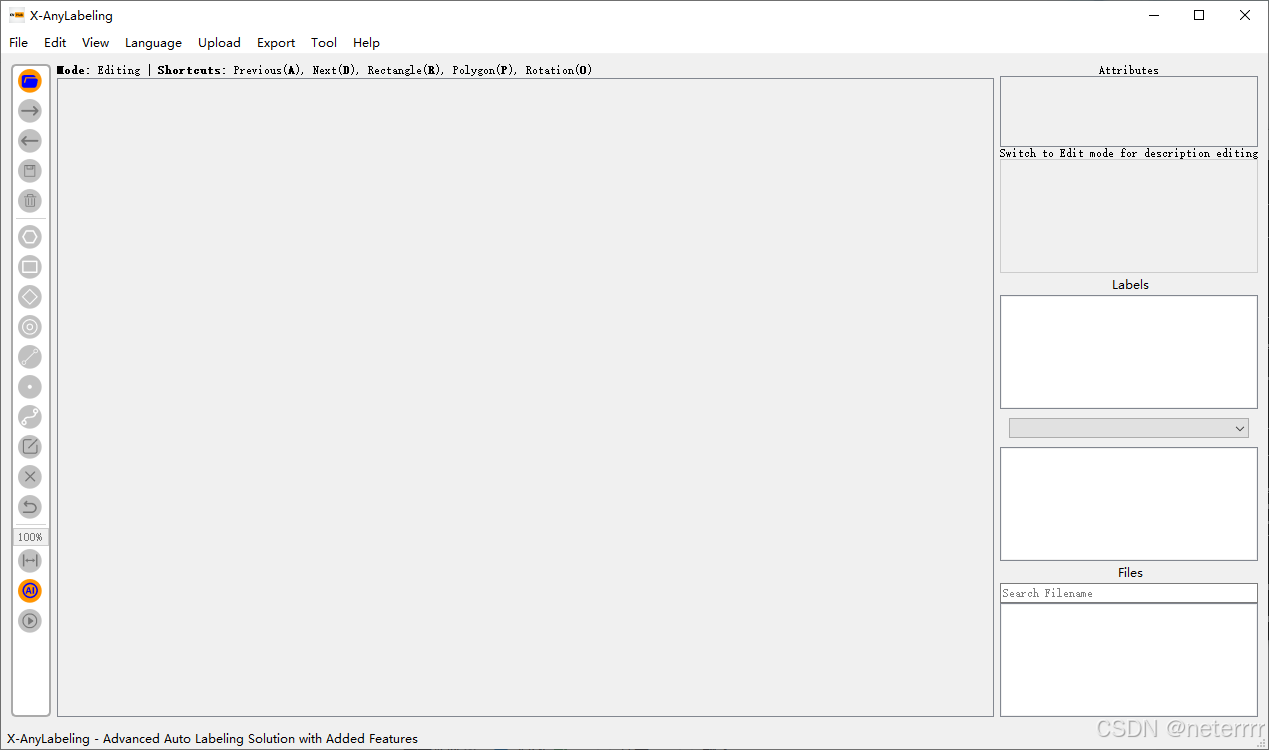目录
1 安装X-AnyLabeling
最近想做一个图像识别的项目,要用到标注器标注训练数据,下面记录一下用X-AnyLabeling来做标注,可以实现半自动化数据标注,标注起来更轻松一些。
下面开干:
# 创建标注工具conda环境
conda create -n label python=3.9.13# 启动标注工具环境
conda activate label下载标注工具源码,这里我用的是X-AnyLabeling
在刚刚的命令行窗口下,进入X-AnyLabeling文件夹,安装依赖
# 进入项目文件夹
cd X-AnyLabeling
# 安装依赖
pip install -r requirements-gpu.txt -i https://mirrors.aliyun.com/pypi/simple/ --trusted-host mirrors.aliyun.com 安装完执行命令打开软件
安装完执行命令打开软件
python anylabeling/app.py
2 用X-AnyLabeling进行标注
标签文件的格式是json, 会存放在图片文件里。

3 将AnyLabeling数据转换成yolov8训练集格式
import os
import json
import shutil
import random
from PIL import Image
def convert_to_yolov8(json_path, output_dir, image_size):
with open(json_path, 'r', encoding='utf-8') as f:
data = json.load(f)
image_file = os.path.splitext(os.path.basename(json_path))[0]
txt_file = os.path.join(output_dir, f"{image_file}.txt")
image_width, image_height = image_size
with open(txt_file, 'w') as out_file:
for shape in data['shapes']:
label = shape['label']
points = shape['points']
x_min = min(points, key=lambda x: x[0])[0]
y_min = min(points, key=lambda x: x[1])[1]
x_max = max(points, key=lambda x: x[0])[0]
y_max = max(points, key=lambda x: x[1])[1]
# 计算 YOLOv8 格式所需的值
x_center = (x_min + x_max) / 2 / image_width
y_center = (y_min + y_max) / 2 / image_height
width = (x_max - x_min) / image_width
height = (y_max - y_min) / image_height
# 假设所有对象的标签编号都是 0
label_number = 0
out_file.write(f"{label_number} {x_center} {y_center} {width} {height}\n")
if __name__ == "__main__":
# 定义 JSON 文件目录和输出目录
images_dir = "H:\\pyworkspace\\modiantu\\4month\\result" # 图像文件目录
output_dir = "H:\\pyworkspace\\modiantu\\4month\\yolo" # 输出目录
# 创建 YOLOv8 的目录结构
for subdir in ['train', 'val']:
os.makedirs(os.path.join(output_dir, 'images', subdir), exist_ok=True)
os.makedirs(os.path.join(output_dir, 'labels', subdir), exist_ok=True)
# 将文件分为训练集和验证集
json_files = [f for f in os.listdir(images_dir) if f.endswith(".json")]
random.shuffle(json_files)
split_index = int(0.8 * len(json_files)) # 80% 用于训练,20% 用于验证
train_files = json_files[:split_index]
val_files = json_files[split_index:]
# 转换训练集文件
for json_file in train_files:
json_path = os.path.join(images_dir, json_file)
image_name = json_file.replace('.json', '.jpg')
image_path = os.path.join(images_dir, image_name)
# 获取图像尺寸
with Image.open(image_path) as img:
image_size = img.size
convert_to_yolov8(json_path, os.path.join(output_dir, 'labels', 'train'), image_size)
shutil.copy(image_path, os.path.join(output_dir, 'images', 'train', image_name))
# 转换验证集文件
for json_file in val_files:
json_path = os.path.join(images_dir, json_file)
image_name = json_file.replace('.json', '.jpg')
image_path = os.path.join(images_dir, image_name)
# 获取图像尺寸
with Image.open(image_path) as img:
image_size = img.size
convert_to_yolov8(json_path, os.path.join(output_dir, 'labels', 'val'), image_size)
shutil.copy(image_path, os.path.join(output_dir, 'images', 'val', image_name))
执行后生成数据集结构如下:


到此数据就可以拿到yolov8训练啦!~
结尾:样例小程序二维码,我自己做的一个免费好用的【随机选择决定转盘工具】小程序,欢迎扫码体验呦!

谢谢阅读!~~























 4126
4126

 被折叠的 条评论
为什么被折叠?
被折叠的 条评论
为什么被折叠?










